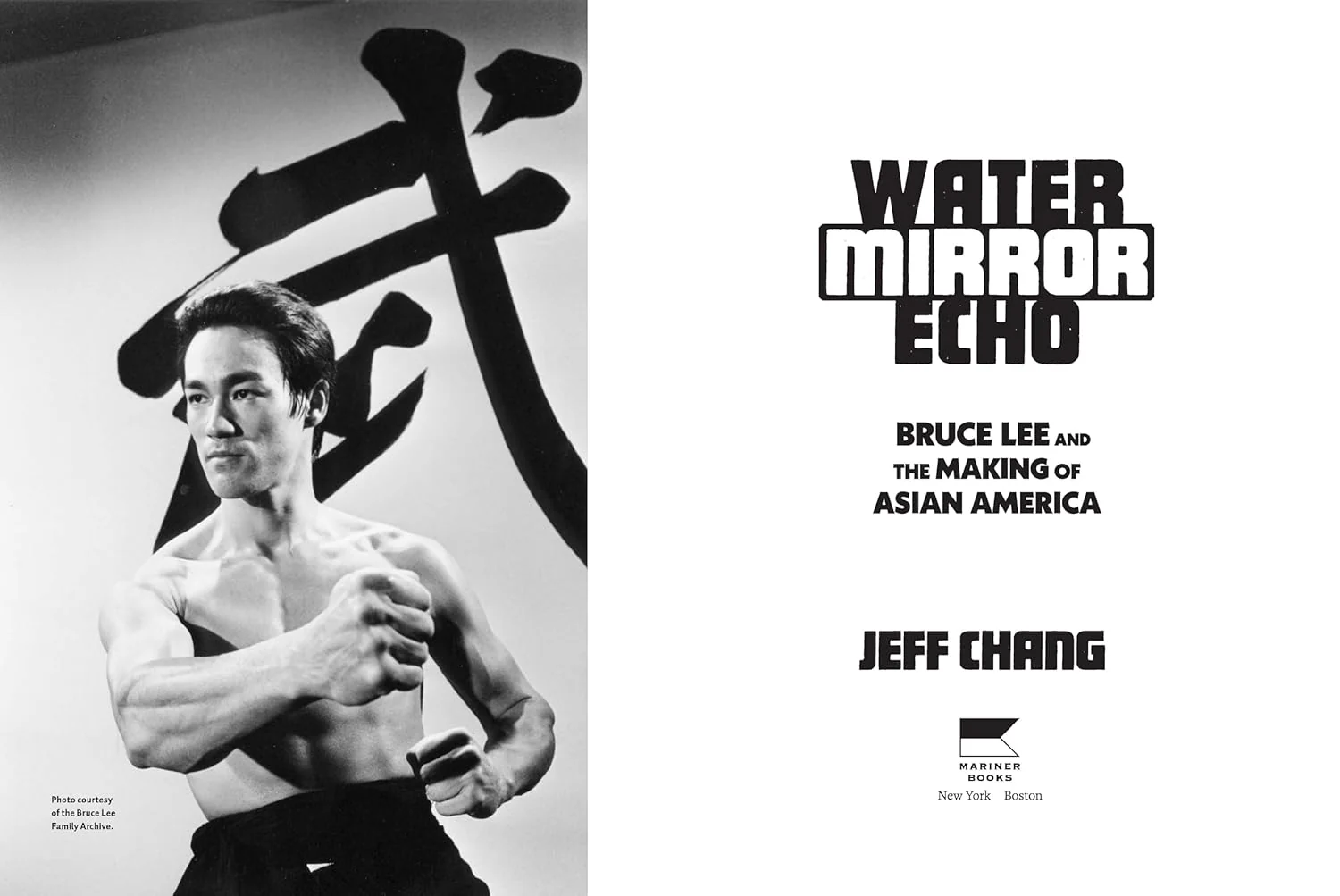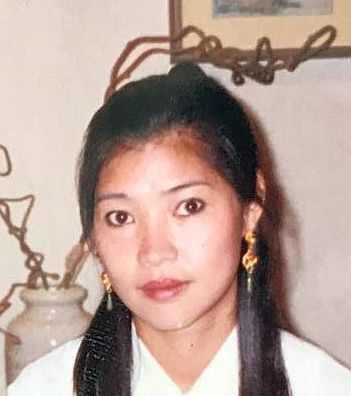In an era where U.S.-China relations are increasingly tense, published author Jeff Chang’s latest book arrives with profound cultural significance. The Can’t Stop Won’t Stop author turns his analytical lens to martial arts cinema in his exploration of how Bruce Lee helped forge Asian American identity during a pivotal moment in American history.
Chang’s cultural analysis for his latest effort, titled Water Mirror Echo: Bruce Lee and the Making of Asian America, strips away decades of myth to reveal the man behind the martial arts legend—and how his struggles paralleled the formation of Asian American consciousness itself. The book presents Lee not merely as a global icon but as a complex individual: a child of war-torn Hong Kong who immigrated to America at 18, battling systemic racism while becoming Hollywood’s first Asian action star.

“Be like water,” Lee’s famous philosophy, became more than martial arts wisdom. It represented how Asian Americans learned to adapt and flow around the barriers of discrimination. This fluid approach to identity and resistance shaped not only Lee’s worldview but also influenced generations of Asian Americans seeking their place in American society.
What makes Lee’s story particularly relevant today is how it illuminates the immigrant experience within our current political landscape. Lee’s journey as someone who “managed to destroy that ancient and prejudiced image” of Asian characters in Hollywood offers a powerful counternarrative to today’s polarized discourse about Asian representation and U.S.-China relations.
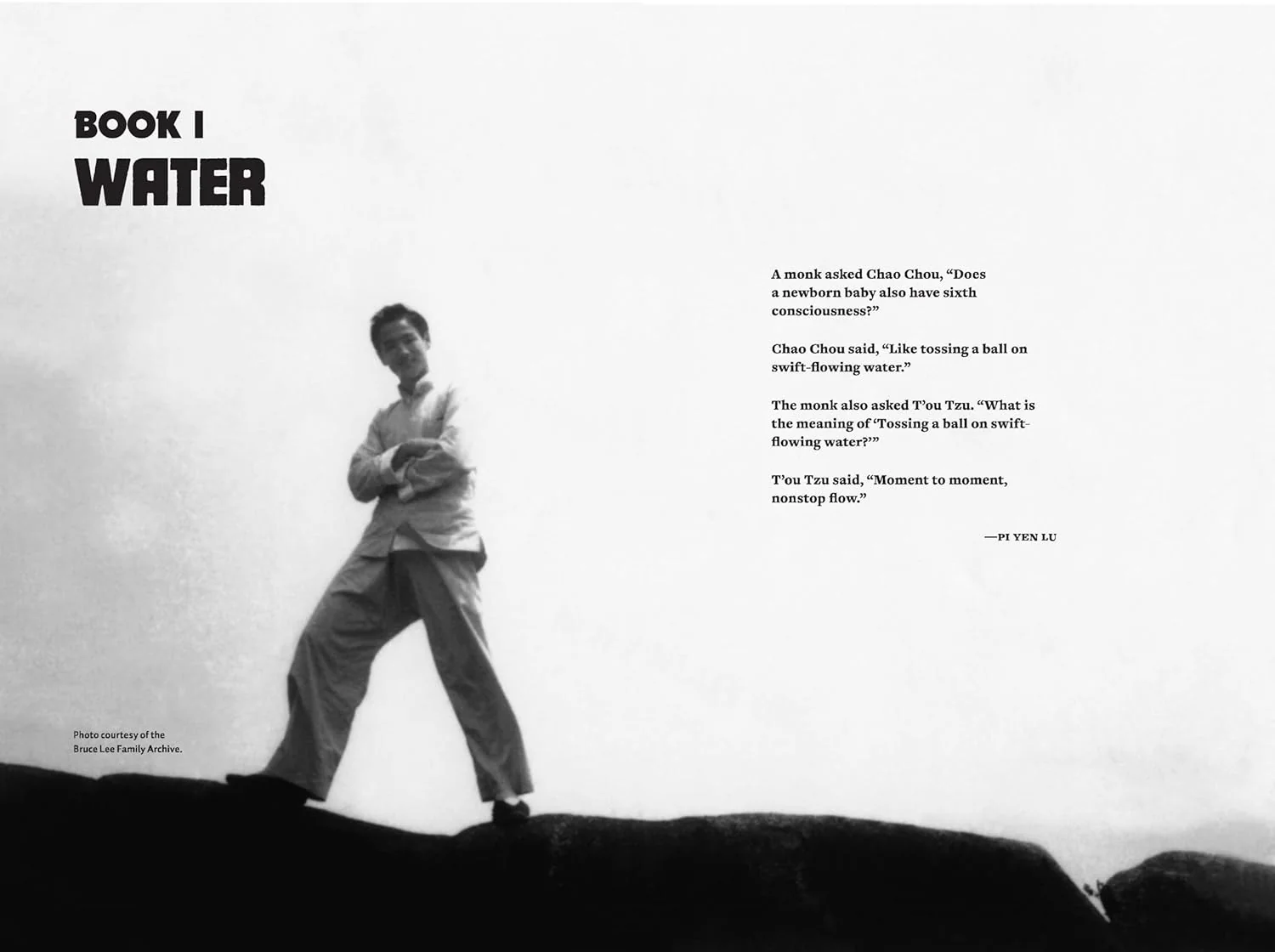
The martial arts icon’s impact extended far beyond entertainment. As documented in academic research, Lee served as “a symbol of national pride and Asian defiance against colonialism and white oppression,” particularly meaningful for Asian American youth who had few positive role models in mainstream media.
Lee’s revolutionary presence broke through Hollywood stereotypes precisely when Asian Americans were organizing for civil rights and fighting for visibility. His films arrived during the same era that saw the formation of Asian American student movements, the coining of the term “Asian American” itself, and the rise of pan-Asian solidarity against discrimination.
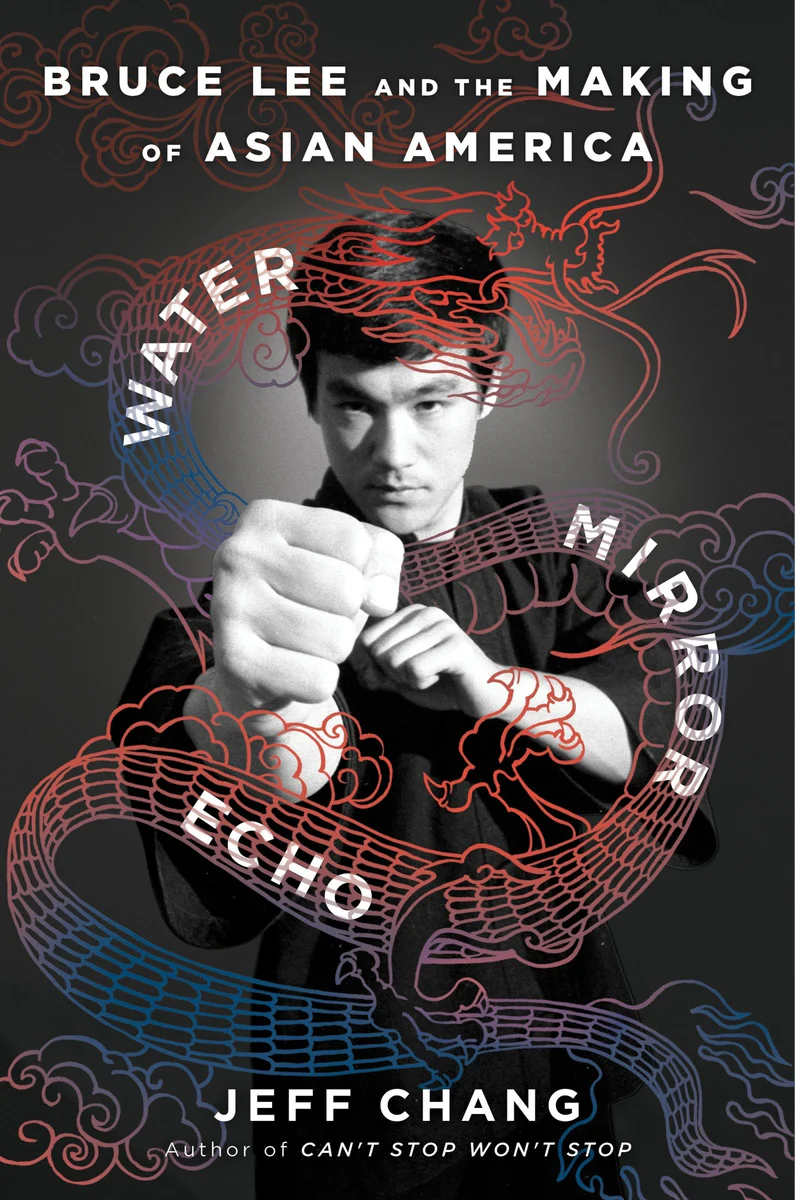
The timing wasn’t coincidental. Lee’s success challenged America’s racial imagination at a moment when the country was being forced to reckon with its treatment of minorities. He contradicted harmful stereotypes by projecting “an image of a Chinese, who, for once, was not only a hero, but one with whom Western audiences could identify.”
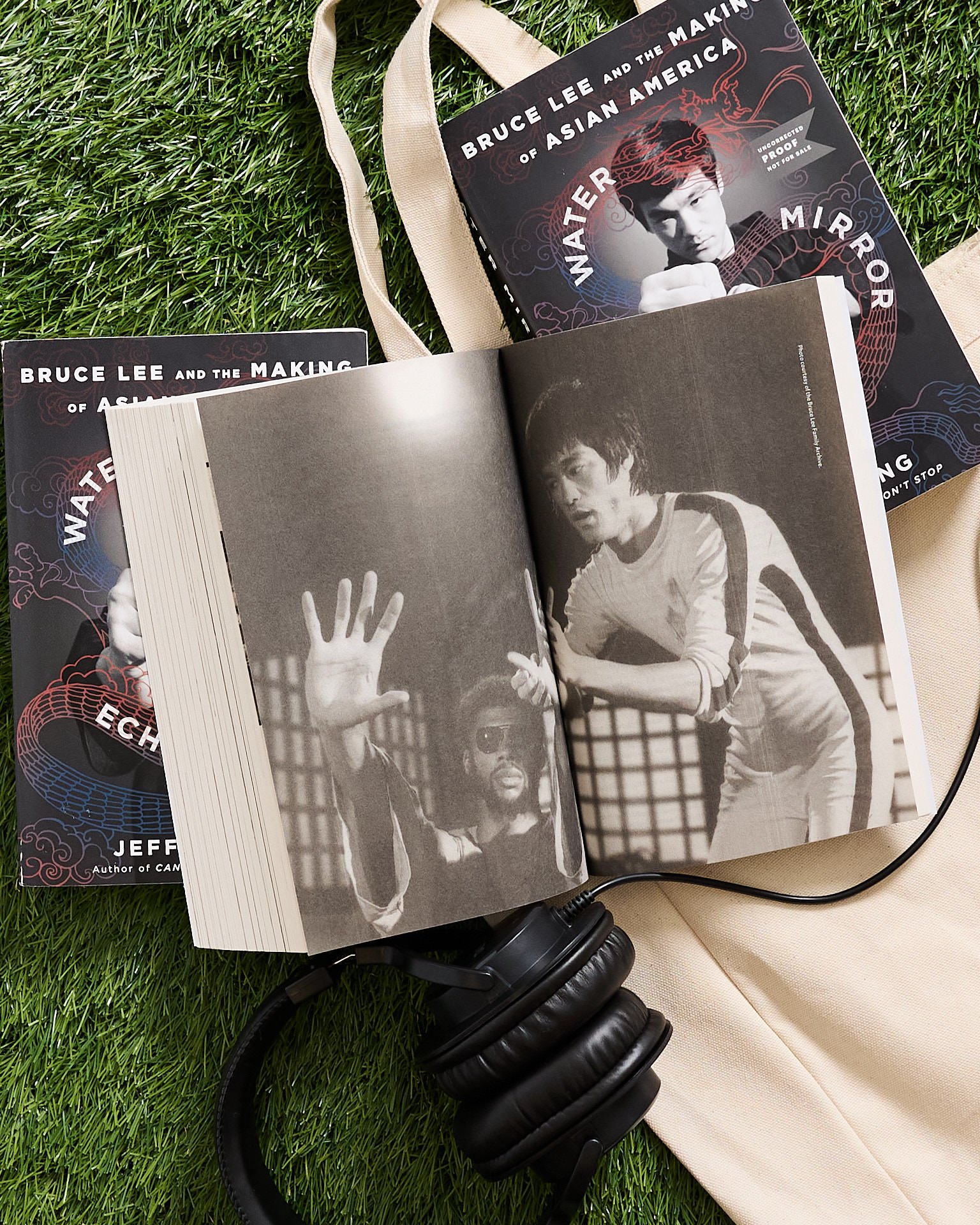
Beyond his on-screen presence, Lee’s philosophy of martial arts emphasized personal development, cultural pride, and the synthesis of Eastern and Western thought. His approach to bridging the chasm between East and West became a template for how Asian Americans could maintain cultural authenticity while claiming their American identity.
Cover image via Reparations Club.

